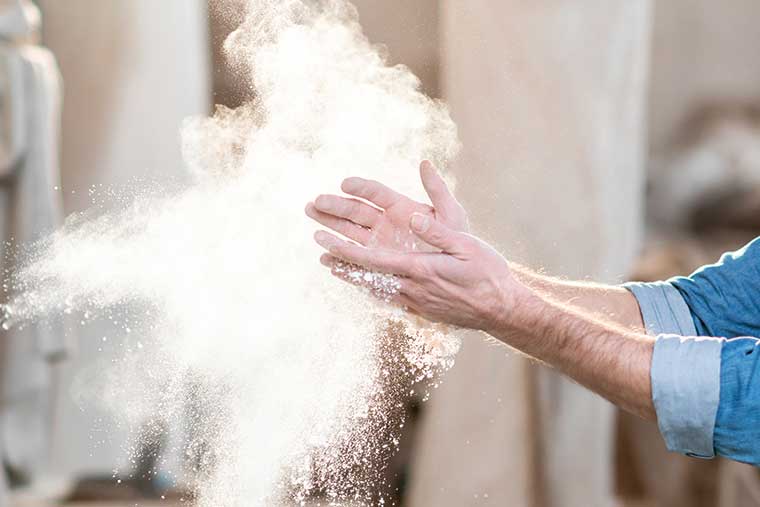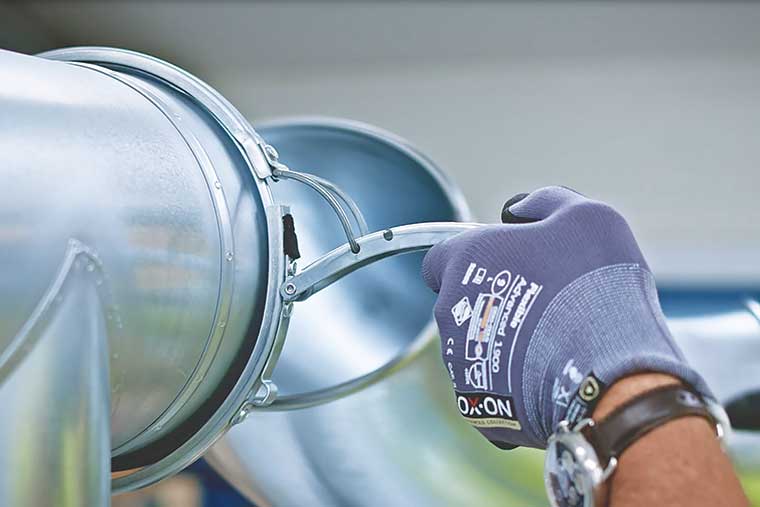People exposed to wood dust regularly run the risk of developing several major health issues. First, it can lead to asthma, which is four times more common in woodworkers than in any other UK workers. In particular, hardwood dust can cause cancer, especially in the nose. The settled dust that contains tiny particles is particularly dangerous to the lungs, it may also lead to specific skin conditions.
Additionally, combustible wood dust can catch fire or explode. Each year, wood dust fires, which typically originate in dust extraction equipment, cause severe damage to or demolition of structures and equipment.

What operations cause high wood dust exposures?
When performed daily for long periods, the following woodwork is especially known for producing high levels of dust exposure:
Sawing, routing, or turning operations on wood Sanding, either by hand or by machine Blowing dust from furniture that is being worked on using compressed air Machined or sanded component assembly by hand Operations involving cutting or treating composite boards, such as MDF Sweeping up wood dust from floors or thorough dust removalDue to the potential health risks associated with wood dust, employees must be protected from it according to the Control of Substances Hazardous to Health (COSHH) Regulations of 2002. Therefore, no Workplace Exposure limit (WEL) should ever be exceeded. The WEL for hardwood and softwood dust is 5 mg/m3. These are the restrictions put in place on the acceptable levels of dust in the air, averaged during an ordinary 8-hour workday.

Reasons why furniture and joinery firms should use ducting systems
Exposure to wood dust is a common occupational hazard that requires effective management to protect workers’ health. To manage exposure, several measures should be implemented. COSHH requires woodworkers to conduct an adequate and appropriate risk assessment in every area of the workplace.
They must also take action to prevent or appropriately manage exposure to wood dust and provide the necessary safety gear. Local exhaust ventilation systems should be installed to capture and remove wood dust at its source. Regular cleaning and maintenance of work areas are crucial to minimise dust accumulation.
A ducting system plays a crucial role in effectively eliminating wood dust and promoting a safe working environment. By utilising a well-designed ventilation system, wood dust can be captured and removed at the source of generation.

The ducting system consists of a network of pipes and vents strategically placed throughout the workspace. Local exhaust ventilation, such as hoods or enclosures, should be positioned close to woodworking machines to capture airborne particles. The captured dust is then transported through the ducts to a central dust collection unit, where it is filtered and collected.
With its easy-to-install clip-together ducting system, Nordfab Quick-Fit, has been a preferred solution for furniture joineries for the past 50 years. Nordfab Quick-Fit offers solutions, specially tailored towards the wood industry with its extraction hoods – to remove wood dust from the workplace, and drop out box – to stop large wood chips in the airstream.
Interested in learning more about how to create clean air for your joinery, contact Nordfab for more information.
01132 739400









